This themed collection on the carbon‒metal bond and C‒H metalation is devoted to the career of Professor William (Bill) Kaska, who will celebrate his 80th birthday on May the 13th, 2015. Bill was a faculty member at The University of California at Santa Barbara for the entirety of his 41-year independent career (1964‒2004). During this time, he supervised many graduate students and post-doctoral scholars, a large number of whom are active in teaching, research, and in industry positions today.
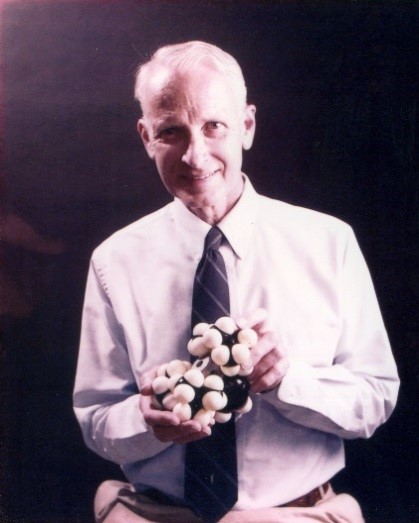
Professor William (Bill) Charles Kaska
Throughout his career, Bill has been a true pioneer and adventurer in organometallic chemistry, bearing the innate synthetic flair and expertise to make unusual molecules where others had tried and failed. He has made several important (and perhaps under-recognized) impacts in the field of metal-mediated C‒H activation, as well as in several other areas of organometallic chemistry (see below). Perhaps most notably, Bill was one of the first researchers to realize the power of C‒H bond metalation using transition metals and his early work demonstrated some of the first reported instances of such chemistry.
During his career, Bill collaborated with many groups around the World, and was a visiting scientist at Monsanto in Zurich, at the Universities of Cambridge, Erlangen, Tübingen and Utrecht, and at the Max-Planck Institute in Mülheim. We celebrate the achievements of Bill, his mentors and co-workers in this themed collection: the publications kindly dedicated to this celebratory themed collection serve to illustrate how far the field has come since the publication of a number of seminal results over 40 years ago.
Beginnings
Bill Kaska was born, raised and educated in Ancón, a suburb of Panama City, located in the then U.S.-controlled Canal Zone. He graduated from Loyola University in Los Angeles in 1957 and subsequently joined the group of Professor John J. Eisch at St. Louis University. Eisch had just returned to the United States from a post-doctoral position with Professor Karl Ziegler in Mülheim, Germany. Bill was one of Eisch’s first graduate students, charged with the task of investigating the then unexplored reactivity of alkyl and aryl aluminium compounds with unsaturated systems as alternatives to alkyl lithium reagents. Two years later, the Eisch group moved to The University of Michigan in Ann Arbor, and it was around this time that Kaska and Eisch published the first bona fide example of sp2 C‒H metalation using triphenyl aluminium.
After graduating from Michigan in 1963, Bill studied organoboron and organoberyllium compounds as a post-doctoral scholar in the laboratory of Professor Thomas Wartik at Penn State University. He was hired only one year later as an assistant professor at the newly-formed University of California at Santa Barbara, in the fall of 1964.
Notable contributions
The training Bill had gained during his formative graduate and post-doctoral years set him on the path to become a die-hard synthetic organometallic chemist; the type that refuses to believe that any structure that can be imagined and scribbled on the back of an envelope cannot also be made and isolated…somehow.
In his early years in Santa Barbara, Bill presented the first example of an organometallic Wittig reaction, demonstrated by the reaction of MnBr(CO)5 with (Ph3P2)C to afford a Mn=C=C=PPh3 ylide. Bill and his group later used (Ph3P)2C to prepare several other examples of acetylenic organometallic complexes. Notably, in a 1974 collaborative paper with R. F. Reichelderfer, it was shown that treatment of (COD)IrPF6 with (Ph3P)2C resulted in the oxidative addition of an sp3 C‒H bond of the coordinated cyclooctadiene ligand directly to the metal centre. This was the first example of a C‒H bond insertion of a coordinated ligand by a transition metal; it was not until the following decade that elegant work by Crabtree and several others elevated the profile of this powerful reaction type.
The hexaphenylcarbodiphosphorane species (Ph3P)2C used in Bill’s early chemistry had been discovered a decade earlier by Ramirez. The compound itself was found to exhibit triboluminescence, the mechanism and origin of which was not well understood at the time. Large yellow crystals of (Ph3P)2C grown from diglyme were found to emit a bright yellow-green light when touched. In 1977, Bill published a paper in collaboration with Jeffrey Zink (UCLA) that presented a detailed spectroscopic analysis of (Ph3P)2C and other aromatic triboluminescent materials. The conclusions of this study suggested that light emission was caused by a combination of frictional electrification, piezoelectrification, and internal electrification at shear planes within individual crystals.
In the late 1970s, Bill and his group had gained an interest in the use of what would come to be known as pincer ligands for the formation of coordinatively unsaturated complexes with bulky groups around the metal atom, as a way to promote C−H metalation of hydrocarbons. In 1980, at the Biennial Inorganic Chemistry Symposium in Guelph, Canada, Bill presented the X-ray structure and reactivity of a 14-electron Rh(I) PCP-pincer complex. The dehalogenated Rh(I) centre readily formed adducts with both aromatic and aliphatic hydrocarbons. The subsequent publication of this work included Craig Jensen as a co-author (now on the faculty at the University of Hawaii), who was an undergraduate student in Bill’s group at that time. A number of additional reports of the reactivity of other pincer complexes were published by Bill’s group shortly after, and this body of work forms an integral part of the early history of pincer chemistry.
For the next two decades, Bill worked alongside other major researchers, notably including Alan Goldman (Rutgers) and Gerard van Koten (Utrecht University) to further advance the chemistry of pincer complexes, which continues to attract significant attention to this day. The utility of pincer catalysts continues to break new ground. In 2001, the Kaska group published a communication in collaboration with Michael Hall (Texas A&M University) and Matthias Haenel (Max-Planck Institute) showing how a PCP-Ir(I) complex constructed using an “anthraphos” (1,8-substituted anthracene) ligand led to a thermally stable catalyst for alkane dehydrogenation.
In the later phase of Bill’s career, he gained an interest in the synthesis of proton sponge materials and super bases, using fused N-heterocyclic ligands based on quino[7,8-h]quinolines. In collaborative work with his long-time colleague at UCSB, Galen Stucky, and Ferdi Schüth (Max-Planck Institute), the first examples of transition metal coordination complexes of these so-called proton sponges were reported in 2001. These complexes were unusually thermally and chemically stable, due to the unique conformational bending of the qunioline backbone.
Over the past five decades, the Kaska lab has produced many highlight results in a number of fields of molecular inorganic chemistry. The works contributed to this celebratory compilation build upon the legacy of Bill Kaska’s work, his teaching, and his friendships with others in the community.
Articles in this themed collection
While this narrative is intended to summarise just a few of the highlights of Bill’s research career, his former Ph.D. mentor John Eisch has authored a terrific editorial entitled, “Emergence of electrophilic alumination as the counterpart of established nucleophilic lithiation: an academic sojourn in organometallics with William Kaska as a fellow traveler,” which provides a comprehensive, personal account of their seminal work in organoaluminium chemistry.
Research in the arena of C‒H bond activation has continued to attract much interest. This interest is driven not only by a fundamental curiosity to discover new chemical reactivity, but also to solve important energy-related problems involving hydrocarbon activation, in drug development, and in a host of other homogeneously-catalysed processes. This is abundantly clear from the new work on display in this themed collection.
In close relation to some of the seminal work published by Bill and his co-workers on the reaction chemistry of Group 9 PCP-pincer complexes, this themed collection features new work by Professors Alan Goldman, Karsten Krogh-Jesperson (University of Rochester) and co-workers, who present an elegant combined experimental and theoretical study of the C‒H versus C‒C bond activation selectivity observed between a PCP-Ir catalyst and biphenylene. They describe how and why biphenylene tends to initially undergo C‒H oxidative addition to the PCP-Ir centre, but upon heating can undergo a rearrangement that results in C‒C activation to yield a less sterically-hindered, cyclometallated species.
A collaborative experimental and theoretical study of an unusual PCP-Ir system is reported by the groups of Professors Johannes Wielandt (Karl-Franzens University) and Hermann Mayer (University of Tuebingen). They employ a cycloheptatriene-based PCP ligand scaffold; cyclometallation of this ligand with Ir(CO)3Cl requires activation of an sp3 C‒H bond. Upon standing in tetrahydrofuran, the complex undergoes isomerisation via transfer of the remaining sp3-H onto the ligand backbone. This results in three new isomers, each containing a more common sp2-metalated arrangement at Ir, and a partially saturated ligand backbone. Continuing the theme of cyclometallated Ir-based complexes, Professors Roy Periana, Brian Hashiguchi and co-workers from the Scripps Research Institute describe the use of a robust NNC-Ir complex that is active for the oxidation of methane, benzene and other hydrocarbons in the presence of trifluoroacetic acid.
Professor Gerard van Koten and co-workers describe a series of new NCN-Pt pincer complexes that feature 4-(E)-[(4-R-phenyl)imino] methyl substituents, which induce important electronic effects on the Pt(II) sites. A combination of multinuclear NMR studies have been used to elucidate the electronically-tuneable behaviour of this unique family of Pt-pincer complexes. The group of Professor Paul Hayes at the University of Lethbridge describe how Y and Sm complexes of their bis(phosphinimie) carbazolate and pyrrolate NNN-pincers undergo varying patterns of ortho-metalation toward N– and P-aryl substituents accompanied by reductive elimination of silanes.
This collection also features a number of examples of complexes based on neutral pincer ligands that display a range of C‒H bond activation reactivities. Professor Dan Mindiola and his team at the University of Pennsylvania present a PNP-Ti pincer complex capable of performing catalytic dehydrogenation of cyclic and linear alkanes to cleanly yield the corresponding alkenes. They elucidate a mechanism for this surprising reactivity, which involves the formation of a Ti(III) alkylidyne intermediate that can effect a double C‒H bond activation. The group of Professor Karen Goldberg at the University of Washington present the synthesis, structures and reactivities of PtMe2 complexes of a bidentate P(X)N ligand (X = O, NH). The N-donor pyridyl substituent is sufficiently hemilabilile to allow for cyclometallation and reductive elimination of CH4. Professor Michael Rose and his team at the University of Texas at Austin present a family of Mn-carbonyl complexes prepared using novel neutral NNS Schiff base ligands, in which the thioether-S donors also exhibits hemilability.
C‒H activation by early transition metal complexes also features in this collection; Professors John Arnold and Robert Bergman from the University of California demonstrate the cyclometallation of a (BDI)Ta(=NtBu)Me2 complex, which undergoes reaction with H2 gas to provide a dihydride intermediate by sigma-bond metathesis. Interestingly, a low-valent Ta(III) species is also generated under certain conditions, which undergoes C‒N bond cleavage of the BDI ligand to give a new Ta(V) cyclometallated species. Meanwhile, Professor Gerhard Erker and co-workers report the reaction of B(C6F5)3 toward zirconacycloallenoids. They show how strongly Lewis basic B(C6F5)3 species undergo insertion into the Zr metallacycles to give unusual zwitterionic allenyl/borate complexes.
Professor Manuel Soriaga and co-workers from Texas A&M University and the California Institute of Technology provide an example of heterogeneous C‒H bond activation and metalation, performed on solid Pd electrode surfaces. In this interesting and extensive study, high-resolution surface-sensitive techniques are combined with DFT calculations to elucidate the mechanism of metalation of 2,3-dimethylhydroquinone on ordered Pd(111) and polycrystalline Pd electrode surfaces. It is shown that the orientation of the quinone (side-on, or flat) as it undergoes oxidative chemisorption to the Pd surfaces is directly related to the relative quinone concentration.
Professor Carl Redshaw and collaborators from the Universities of Hull, Loughborough and East Anglia present the use of a family of new mono-, di- and tri-nuclear Zn(II)-calixarene complexes for the ring-opening polymerization of lactones and lactides. The group of Professor Dominic Wright at the University of Cambridge (where Bill Kaska spent a sabbatical in 2004) present the synthesis and crystal structures of an extended family of new ML2 sandwich complexes (M = Ca(II), Mn(II), Fe(II)), using a tripodal NNN monoanionic donor ligand (L = tris(2-pyridyl)aluminate).
The themed collection is nicely concluded by work from the group of Professor Bruce Lipshutz – a long-time friend and colleague of Bill Kaska in the Department of Chemistry & Biochemistry at UC Santa Barbara – who report the Cu(OAc)2-catalysed hydrophosphination of styrenes. Notably, this powerful organic conversion has been achieved under green conditions using water as the solvent, at room temperature; the reaction proceeds in high yield for a broad range of aromatic substrates.












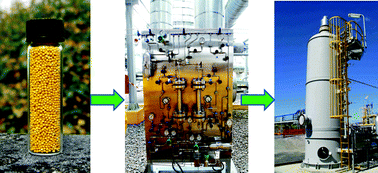
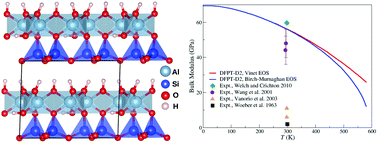
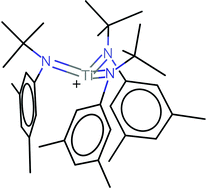
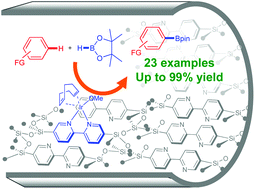

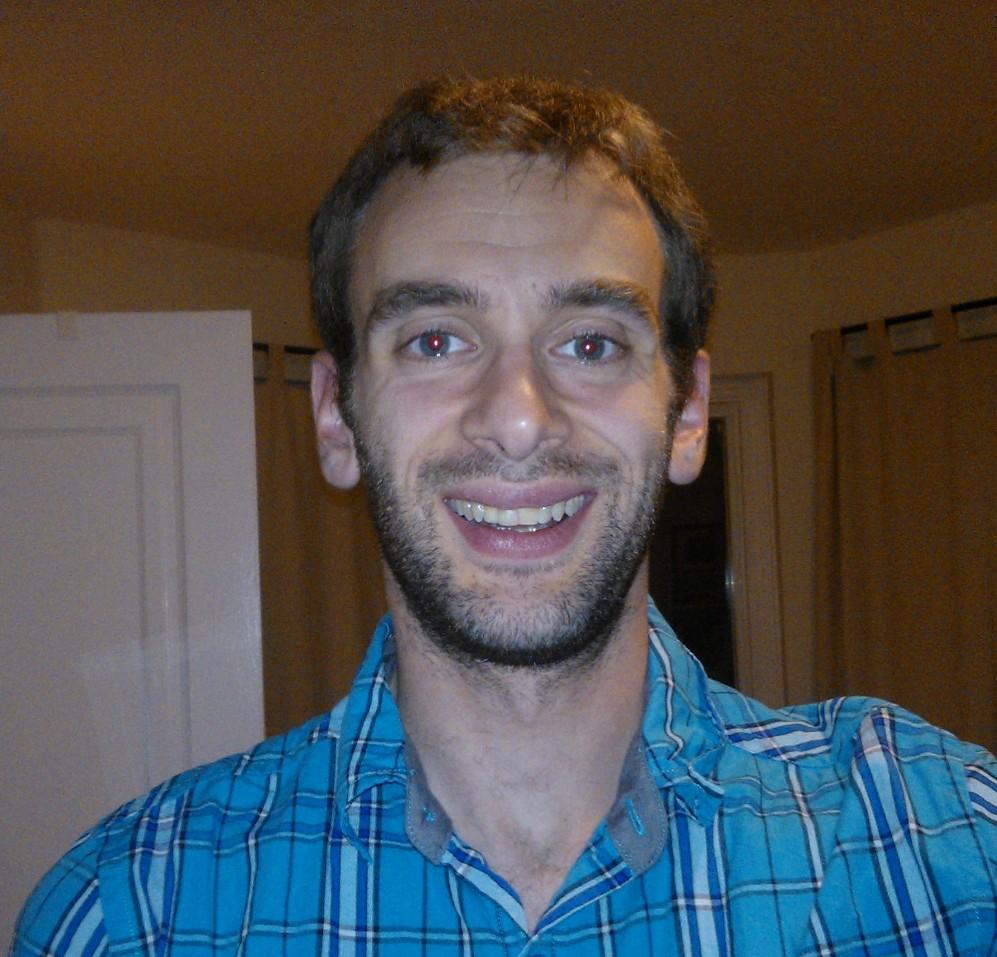
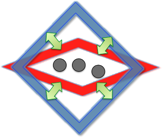
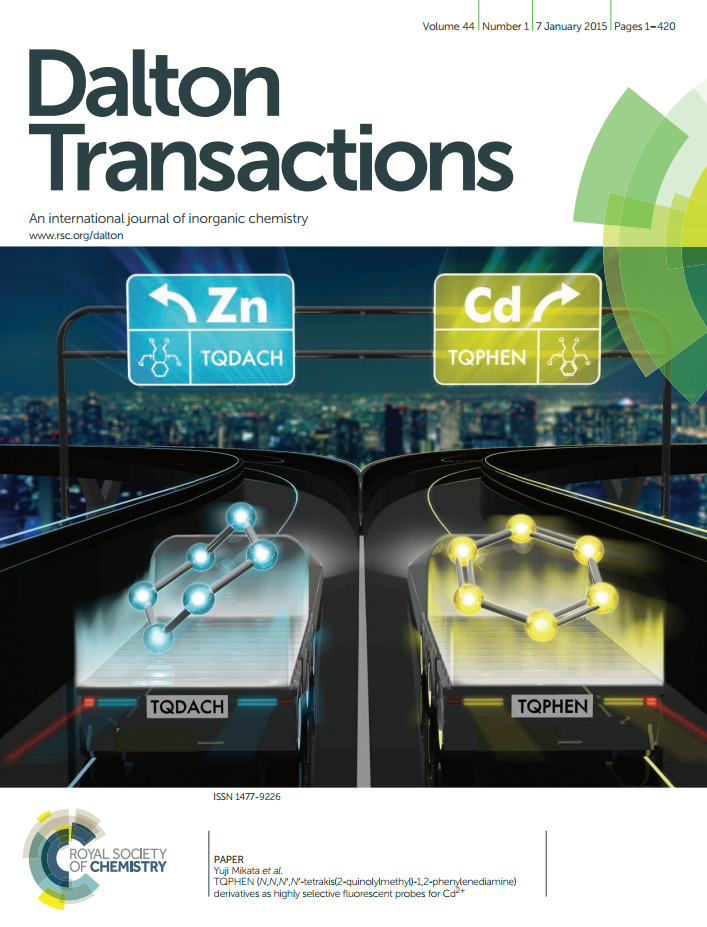 We are delighted to announce four new
We are delighted to announce four new 